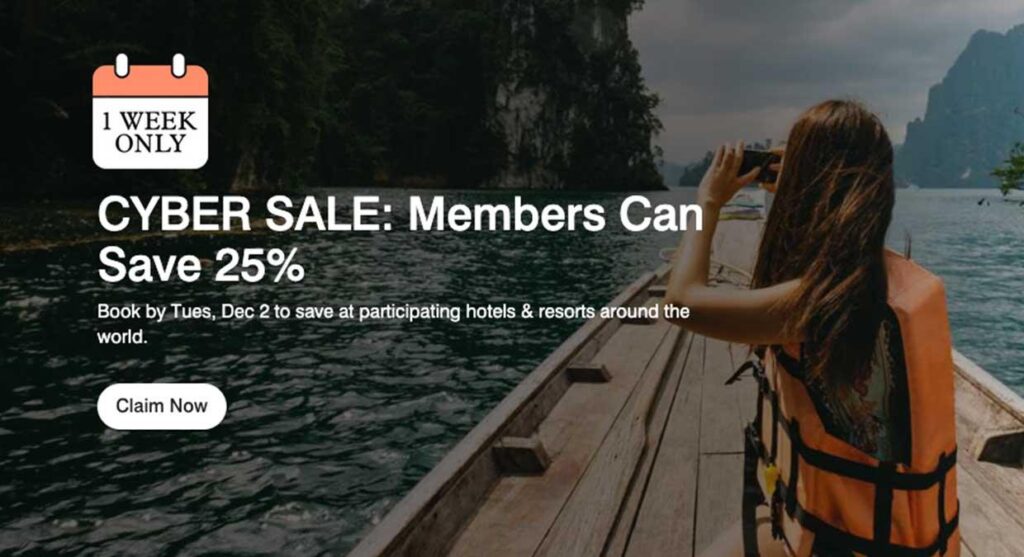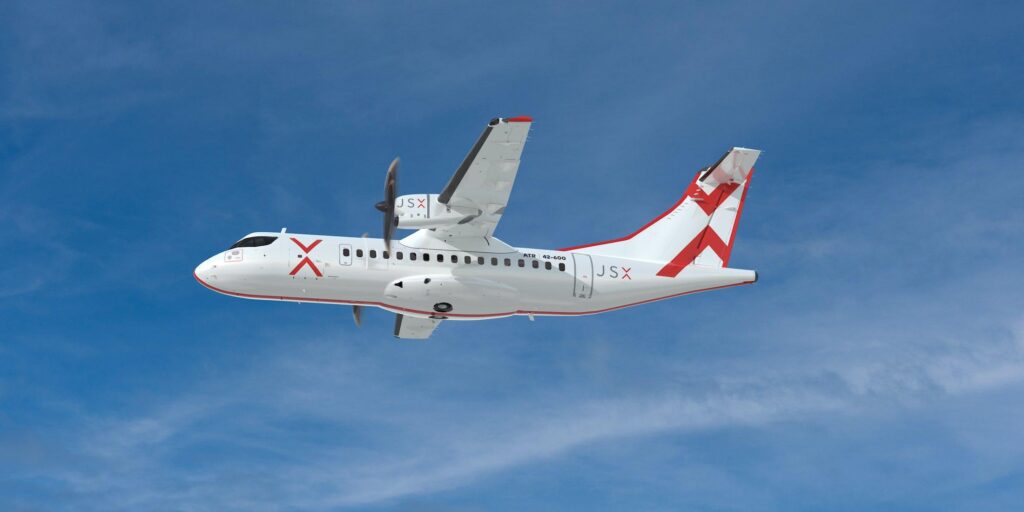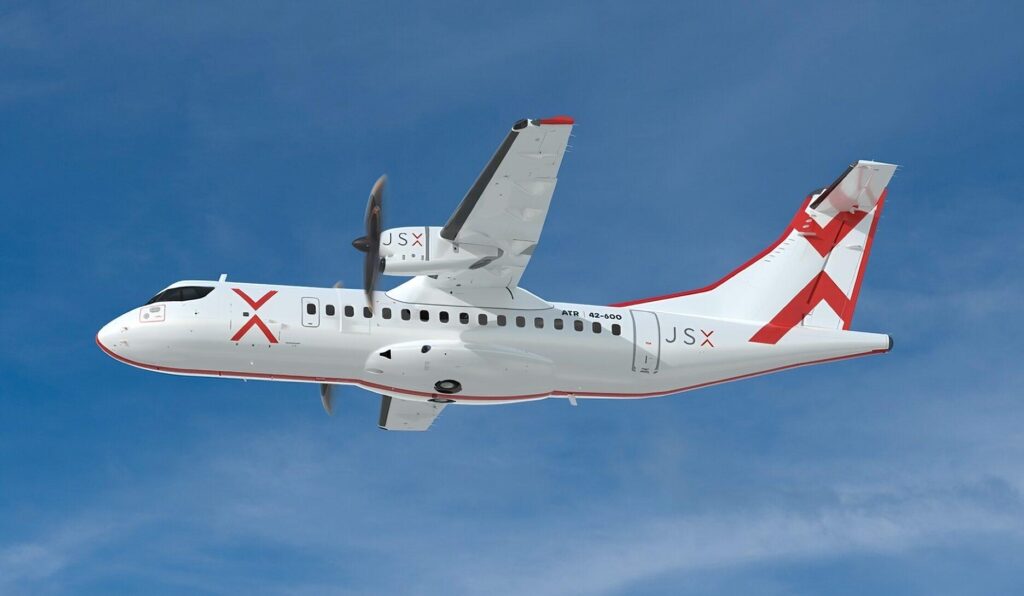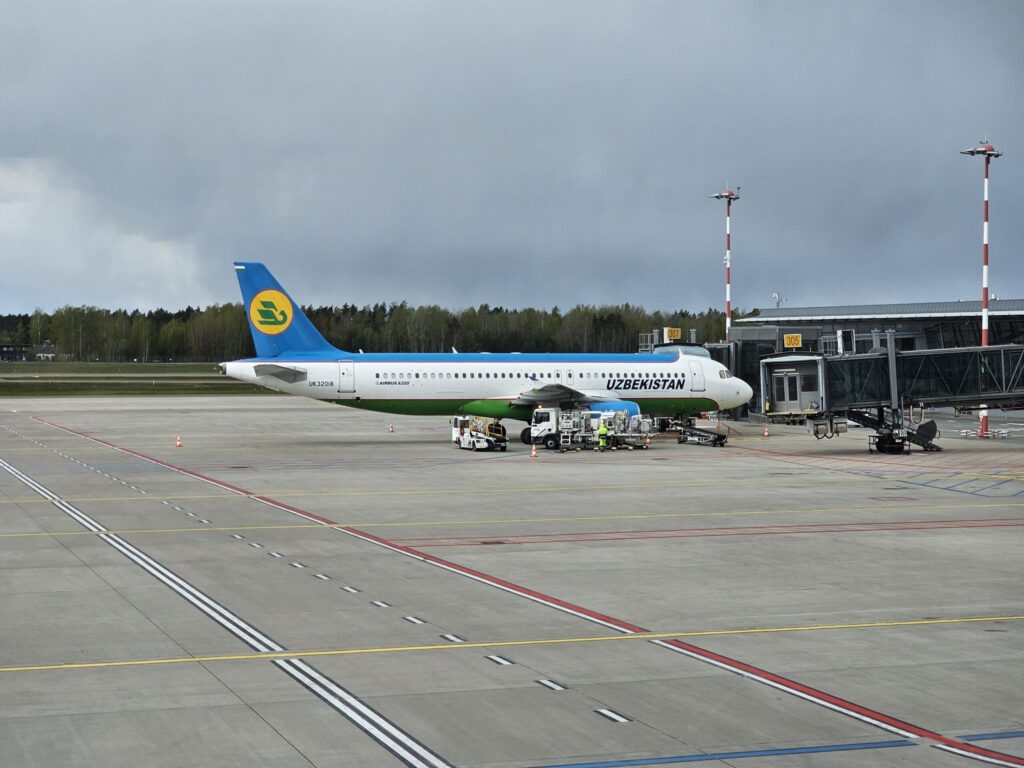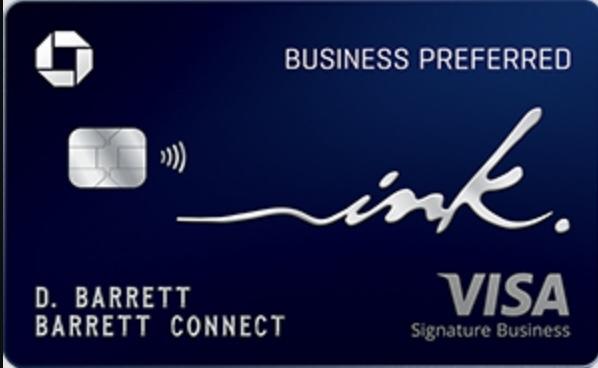
United’s New Free Miles Pooling: 5 Key Details for Frequent Flyers
I’ve always been fascinated by how airline loyalty programs evolve, especially when they introduce new ways for travelers to get more out of their miles. In 2025, we’re looking at an array of changes across the industry, but United Airlines‘ free mileage pooling feature stands out for its simplicity and potential savings. By letting up to five MileagePlus members combine their balances, United has opened the door for groups of friends, families, or even casual travel buddies to collectively fast-track their next award flight.
1. Why It Matters

From everything I’ve read and observed, pooling miles breaks down one of the biggest barriers for occasional flyers—insufficient mileage to book an award flight on their own. In the past, I’ve seen people pay hefty fees just to transfer miles between accounts, which can be frustrating when you’re only a few thousand miles short of your goal. Now, participants can pool their balances for free, potentially unlocking that dream trip much sooner.
Another aspect I appreciate is that elite status remains intact at the individual level, so if you’ve earned a higher tier on your own, pooling won’t undermine your achievements. This is particularly useful for those who travel frequently and have status perks, but still want to help out friends or family with fewer miles. According to a 2024 survey by the Global Airline Synergy Group, nearly 60% of travelers indicated they would redeem more awards if they could easily share miles with others. United’s initiative could very well be the catalyst that turns these aspirations into reality.
Beyond the numbers, the practical impact is huge. I’ve come across stories of families who managed to combine smaller mile balances to reach a sweet spot for award tickets. Whether it’s a quick domestic trip or a long-haul flight, having the flexibility to pool miles without fees can make or break a vacation plan. In my view, that’s real value.
2. Who Can Join

United’s pooling feature allows up to five people to form a group, which includes the leader and up to four other members. From what I’ve gathered, you don’t need to prove any family relationship; anyone—friend, neighbor, or frequent travel companion—can be part of the pool. The only condition is that the leader has to be at least 18 years old, aligning with the usual age requirement for setting up an airline loyalty account.
From what I’ve seen, minors can also participate by invitation, providing a viable way for parents to consolidate miles with their kids. I find this especially handy for extended families planning reunions or multi-generational trips. When each member decides how many miles to contribute, the pool leader gains the power to redeem them or grant redemption authority. In a sense, it’s similar to having a team bank account, but for miles instead of dollars.
I recall reading about a group of college friends who combined their modest balances to plan a celebratory trip post-graduation. Each contributed what they could, and together, they managed to book round-trip flights for everyone on the same reservation. It was a fun success story that highlighted just how inclusive this system can be.
3. Time Windows and Restrictions

The 72-hour wait period after a new member joins is perhaps the most notable limitation. Initially, I wondered if this delay might be a deal-breaker for spontaneous travelers. However, in practice, I think it mostly encourages members to plan ahead, which can be crucial when snagging limited award seats. If you’ve got a big trip on your horizon, this waiting period is just a small speed bump.
One interesting twist is the 24-hour reversal window for contributed miles. I’ve heard of scenarios where someone changes their mind after realizing they need their miles for a different trip, so this short time frame can be a lifesaver. After 24 hours, though, those miles are locked into the pool, even if a contributor later decides to leave. I see it as a fair safeguard; it protects the group from losing miles suddenly while still allowing for a little flexibility.
The 90-day waiting period before a departing member can join a new pool is another aspect that stands out. In my mind, it prevents a revolving-door situation where someone’s constantly hopping between sharing groups. According to industry data, group loyalty programs with limited turnover tend to see more consistent redemption rates and stronger year-over-year growth. It’s all about stability and planning.
4. Booking Limitations

The current restriction that pooled miles can only be used on United or United Express flights might feel constraining. As someone who loves exploring partner redemptions, I understand the disappointment of not being able to book partner awards or upgrades through the pool. Still, if your focus is on United-operated routes, there are plenty of opportunities to put these shared miles to good use.
Occasionally, I’ve heard from other travelers that the official policy rules also apply to certain United-coded flights that are operated by other carriers. If you’re unsure, I recommend checking directly with United’s customer service or reading the airline’s guidelines. This is especially important if you’re strategizing a complex itinerary that might blend multiple airlines.
Despite these limitations, I find the value proposition strong. Members in the same pool can redeem tickets that might otherwise be out of reach individually. If you’re aiming for a premium cabin or a route with scarce award availability, pooling miles could be the key to locking down that seat before it vanishes. In many ways, it’s about focusing on what you can do with the miles you have here and now.
5. Dissolving the Pool

From my perspective, dissolving the pool shouldn’t be taken lightly, especially if you’ve built up a substantial group balance. The official policy is that all contributed balances are split evenly among members when the leader decides to break it up. In theory, that sounds fair, but I’ve heard anecdotes about confusion when members leave at specific times or attempt to gain more than their fair share by strategic departures.
If you’re worried about how dissolving or exiting might affect you, it’s always best to contact United’s customer service directly. They’ve been known to address individual cases fairly, although results can vary. When your pool is active and you trust your co-members, pooling is delightful. But it’s wise to map out a dissolution plan if relationships shift or travel needs change unexpectedly.
In my reading, I’ve come across travelers who primarily form a pool for a one-off redemption, then dissolve it once the award is booked. They see it as an easy way to capture a big reward quickly. Others use it as a more permanent arrangement, continually combining and redeeming. Both approaches can work, but bear in mind the 90-day rejoin rule if you decide that pooling might be beneficial again down the road.
Final Thoughts

I’ve encountered numerous loyalty programs that flirt with the idea of shared miles, but few do it without charging transfer fees or imposing narrow eligibility. United’s free miles pooling feature is a breath of fresh air for those of us who track every mile and carefully plan our next trip. Whether you’re an occasional flyer or a dedicated mileage enthusiast, this approach can help close the gap towards that coveted award ticket.
By bringing multiple accounts together, you’re not just chasing arbitrary numbers—you’re harnessing a collective advantage. In the era of sky-high cash fares, every mile can be a lifeline. I believe United’s move will likely inspire similar offers from other carriers in the near future, as more airlines realize that travelers who can pool resources often end up booking bigger, better flights.
As a final note, it’s always worth checking other ways to earn miles—co-branded credit cards, dining programs, or partner merchants—so your next journey can come together even faster. A robust earning strategy, combined with this kind of free pooling, can mean fewer barriers separating you from your dream destinations.
Sky Skylar’s Take
In my view, this free miles pooling feature is more than a marketing gimmick—it’s a playful, progressive step into the future of loyalty programs. When you look at how social connections drive travel decisions, sharing miles seems like a natural next step for the modern traveler.
Pooling miles might not solve every problem, but from what I’ve observed, it lays the groundwork for a more collaborative, community-driven travel culture. It speaks to a shared mindset that encourages people to explore more of the world, together.
Be sure to check out BoardingArea for more travel news and insights.

















